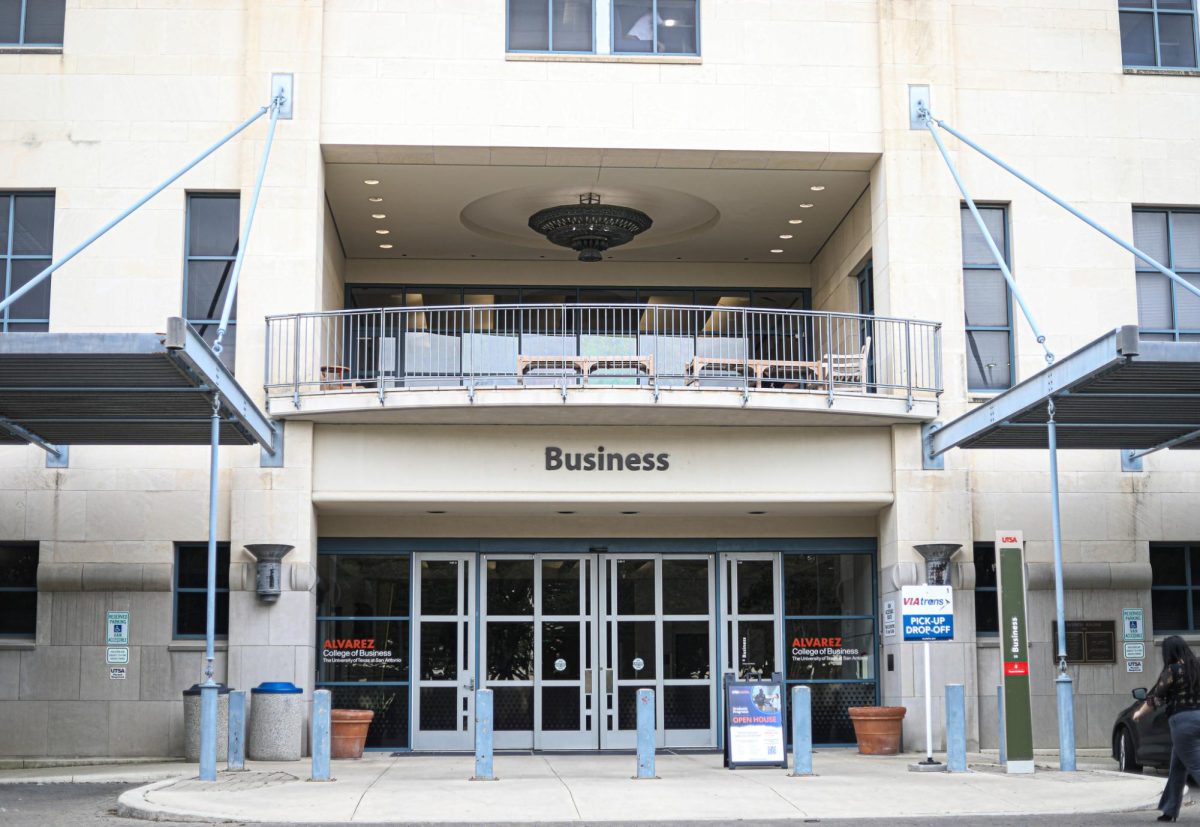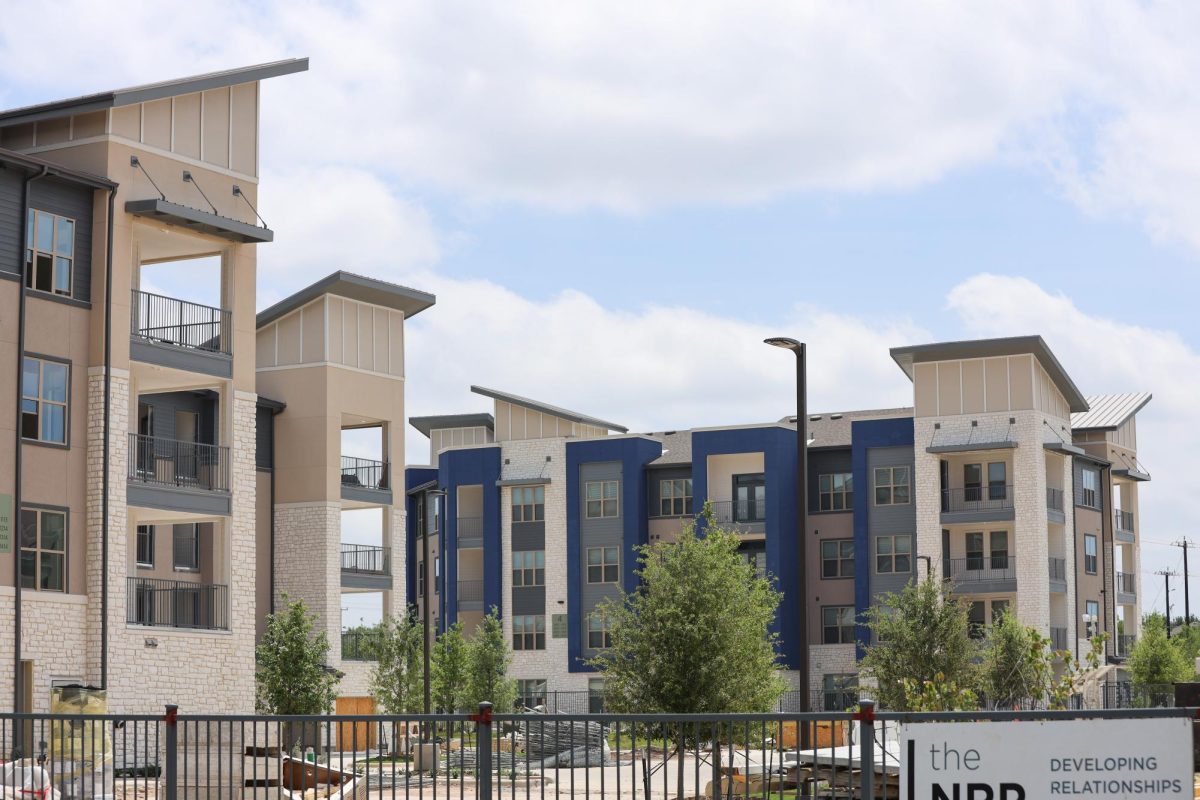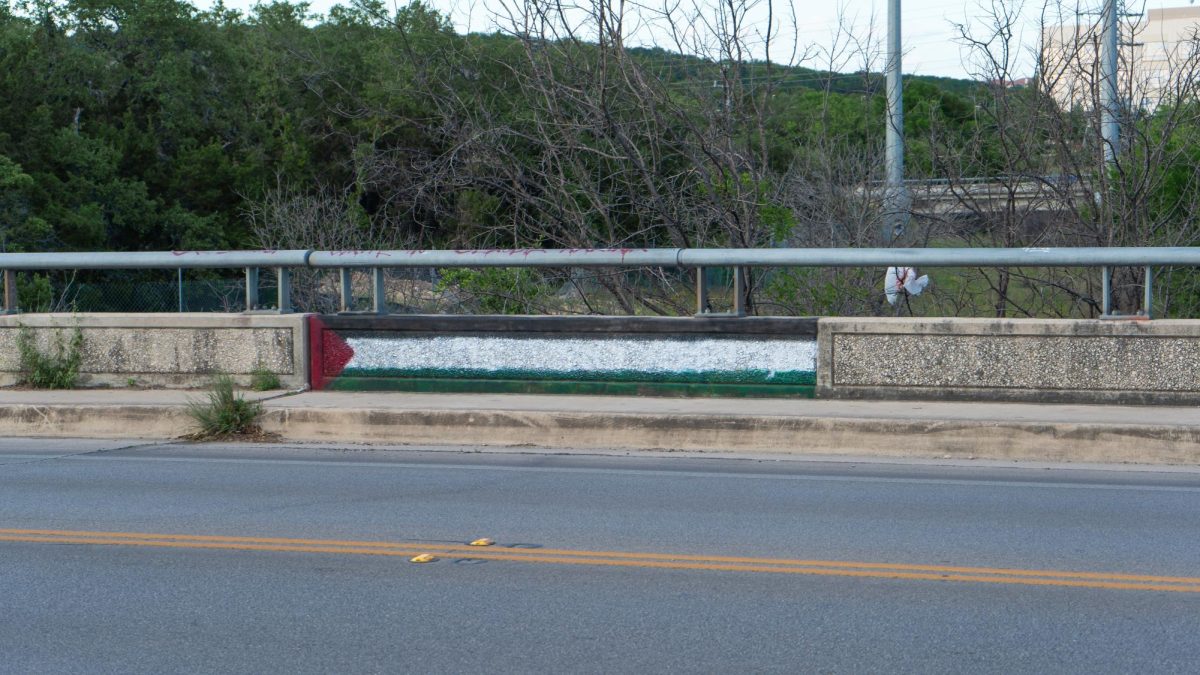On Oct. 22, City Councilman Ron Nirenberg visited UTSA to speak with residents of District 8 about changes in city business, specifically a possible CPS rate increase and the future of the San Antonio Water System (SAWS). The talk was designed to foster community engagement so that specific resident needs could be heard and issues could be proactively addressed.
“UTSA is one of San Antonio’s gems,” said Nirenberg, who hosts District 8 talks on alternating Tuesdays and Saturdays.
With Prop 6 garnering attention for its possible allocation of rainy day funds for water projects, much of the conversation focused on upcoming changes to the water system.
Steve Clause, the Chief Operating Officer for SAWS, discussed upcoming rate adjustments. Clause claimed that, while there is talk of Texas being in the worst drought since the 1950s, those rumors are premature.
Other cities such as Austin, however, are in danger of running out of water by 2018 if weather patterns do not change, prompting many residents to wonder if San Antonio is next.
“We’ve avoided stage three water restrictions by diversifying our water supplies,” said Clause, reassuring the audience that San Antonio was in no danger of running out of water.
Clause identified four reasons for the rate increase.
First, a pipeline extension would connect the Seguin water distribution system with San Antonio’s. Seguin’s pipe system is prone to overflow which wastes water. By connecting the two systems, SAWS would use that extra water to save $188 million in water usage costs.
The second reason for the rate requests is to allocate funds for the expansion of the Aquifer Storage and Recovery System (ASR). The ASR is the crown jewel of SAWS, and the reason San Antonio’s water system has one of the lowest rates of water usage in the nation, explained Clause.
During the latent season when water usage is lower, the ASR transfers unused water from the Edwards Aquifer to the Carillo Aquifer. Later, during the peak season in the summer, SAWS uses the water in the Carillo Aquifer like a bank account to draw from when there is not enough natural water to supply the entire system, explained Clause.
The third contribution to the rate increase is the expansion of water system pipes connected to the desalinization plant. This expansion would also increase the production of the plant by connecting it to additional pump stations, lessening the pressure on Medina Lake.
The fourth source of rate increases will come from improvements made to the San Antonio sewer system. Recently, SAWS signed a contract with the EPA, pledging to make improvements to the system that Clause claimed has been called an unfunded mandate. In actuality, “it’s a consent decree, a legally binding document that says you will do this work or face the federal government.”
San Antonio will need to improve over 5,000 miles of the sewer system, and over the next 10 years, over a billion dollars will be spent on improvements.
“The facility people at UTSA have also worked closely with us and are very water conscientious,” said Clause, citing the Green Fund as one of the city’s best efforts towards conservation.
One of the projects specifically cited was a working proposal to use air conditioning condensation as a source of water for the Sombrilla fountain. The fountain is scheduled for reactivation in Spring 2014 following a three-year dry period.
Rudy Garza, a CPS representative spoke about a likely possible CPS rate increase that has been debated by San Antonio residents.
“In 2012, we were about to cut half a million dollars in our operating budget, just through cutting staff,” said Garza as an effort to avoid rate increases. An additional $27 million has also been cut to bring the rate increase down from 5.5 percent to 4.2 percent.
The 2013 rate increase will provide funding for improvement and investment projects in infrastructure. “District 8 is the fastest growing district in San Antonio,” said Garza. “With that comes the need for more substations and for replacements.”
In the past, CPS has come under criticisms for bonuses offered to its employees.
According to Garza, a majority of the budgetary cuts have come from reducing these incentives. “It’s the democratic process and it’s the way it’s supposed to work.”











